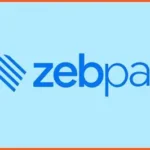In this article, I will focus on blockchain platforms that are underrated for no apparent reason.
These platforms provide new and innovative solutions for scalability, security, and interoperability, which is often neglected.
Let’s analyze the issues with these projects and why they are not so popular in the blockchain space.
Key Point & Most Undervalued Blockchain Platforms List
| Blockchain | Key Point |
|---|---|
| Chainlink | Leading decentralized oracle network for smart contracts. |
| Algorand | High-speed blockchain with low fees and instant finality. |
| Polygon | Layer 2 scaling solution for Ethereum, improving scalability. |
| VeChain | Focused on supply chain management and enterprise solutions. |
| Hedera | Uses Hashgraph technology for high-speed, low-cost transactions. |
| The Graph | Decentralized indexing protocol for querying blockchain data. |
| Cosmos | Enables blockchain interoperability through its IBC protocol. |
| Avalanche | High-performance blockchain with subnets for customization. |
| Filecoin | Decentralized storage network using blockchain incentives. |
| Elrond | Highly scalable blockchain with Adaptive State Sharding. |
1.Chainlink
Chainlink is arguably one of the most underrated blockchain platforms owing to its unmatched niche in connecting smart contracts with real-world data.
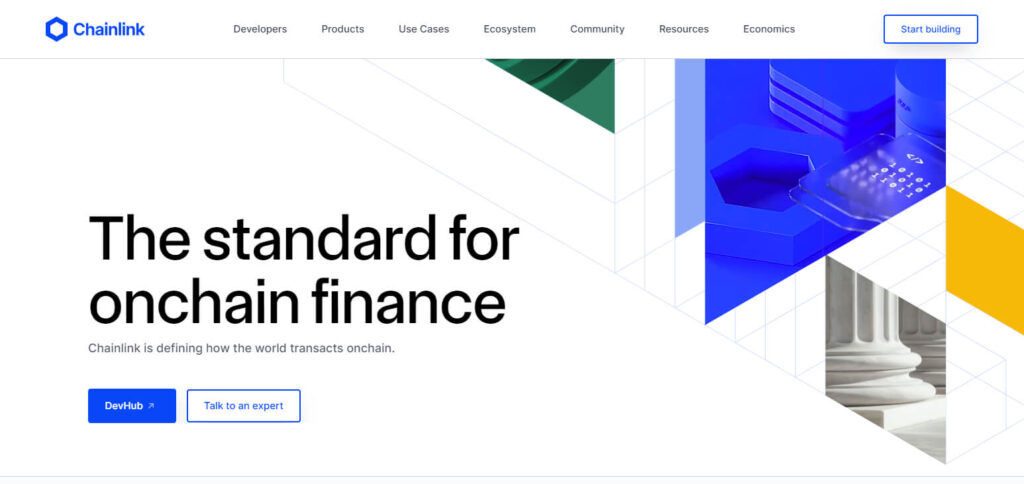
The decentralized oracle network by Chainlink provides safe, reliable, and tamper-proof data connections for blockchains with external systems.
While it has been fundamental in making advanced applications such as DeFi, smart cities and others possible, its underlying role in blockchain infrastructure and scalability is often underestimated.
Chainlink Features
- Decentralized Oracles: Providing secure and reliable linking of smart contracts to real fetchable tasks, Chainlink makes possible accurate trustless dealings with other external systems.
- Cross-Chain Interoperability: Chainlink increases the interoperability of many blockchains through data exchange, hence broadening the possibilities of dApp – decentralized applications (dApps).
- Security and Data Integrity: The strong network of independent nodes guarantees delivery of tamper-proof data which is vital for DeFi, blockchain apps, and other applications that require high security of information.
2.Algorand
Algorand is one of the most low cost blockchain platforms because of its ability to perform quick, scalable, and secure transactions with minimal environmental harm.
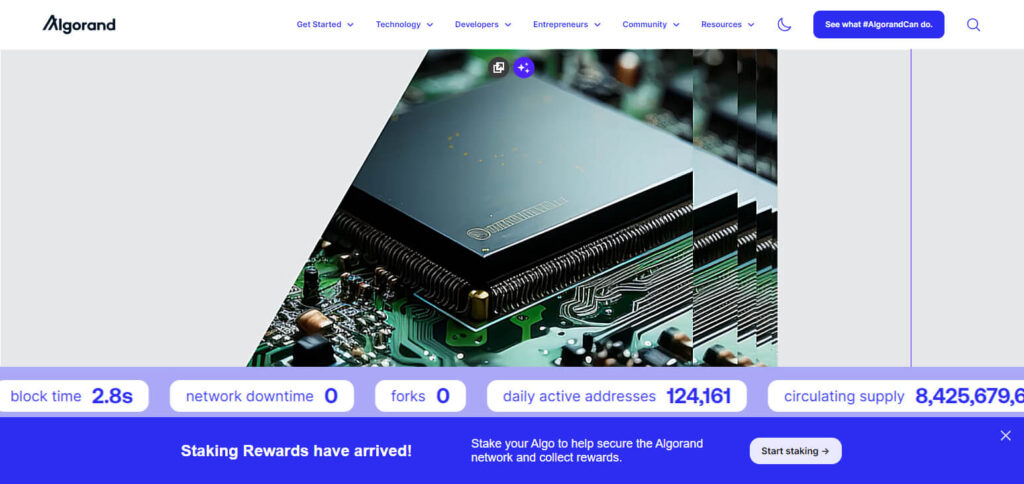
Its proof-of-stake consensus mechanism ensures energy efficiency while focusing on decentralization and high throughput makes it a powerful solution for enterprises and real world applications.
Even with such strengths, its market position is still underappreciated. This is due to the fact that it keeps providing innovations in digital finance and decentralized system’s infrastructure which can transform the future of these technologies.
Algorand Features
- High Scalability: Algorand offers fast decentralized transactions that are also very affordable. Its unique proof of stake consensus allows for quick block formation, costing very little and being very efficient.
- Energy Efficiency: Algorand provides a more effective solution compared to legacy blockchains without expending too much energy. Traditional blockchains uses excessive power but do not perform as well.
- Instant Finality: Users of the Algorand blockchain can rest assured their transactions will be approved and finalized within seconds, thus significantly reducing the risk of forks and providing smoother usage of decentralized apps.
3.Polygon
Polygon has long been considered one of the most underappreciated blockchain platforms for its layer two solution that enhances Ethereum’s scalability and cuts down on transaction costs.
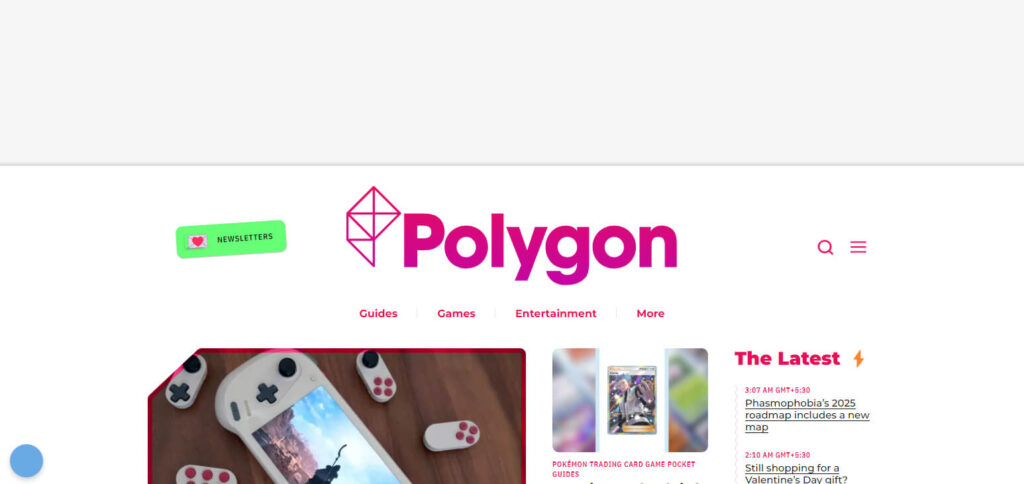
Composed of two customizable blockchains, Polygon allows developers to create and integrate dApps that include swift and affordable transactions, thus solving crucial problems of the Eth network.
Despite its greatly overlooked contributions in increasing the blockchain’s interoperability and aiding the rise of numerous decentralized projects, it still receives so little recognition; mostly due to the Ethereum mainnet capturing the attention of nearly everyone.
Polygon Features
- Layer 2 Scaling: Polygon improves Ethereum’s capacity by enabling Layer 2 scaling solutions to increase transaction throughput while simultaneously lowering expenses without affecting the security of the network.
- Interoperability: Polygon’s architecture supports multiple blockchains, providing effective dApp development and enabling cross-chain communication and asset transfers.
- Developer-Friendly: Polygon provides a comprehensive suite of tools and infrastructure that enables dApp developers to rapidly design and deploy applications, which in turn boosts innovation in the blockchain industry.
4.VeChain
VeChain is at one of the most lowly rated blockchain platforms given that it caters especially to supply chain and enterprise grade applications.
With the purpose of enhancing transparency, traceability, and efficiency, blockchain is capturing the attention of various industries, such as logistics, healthcare, and luxury items.

What makes VeChain different are its actual use cases and alliances with market leaders.
Still, the company is largely underestimated, as VeChain’s ability to revolutionize business processes with blockchain technology is largely ignored.
VeChain Features
- Supply Chain Transparency: By giving real-time data tracking that cannot be altered, VeChain improves supply chain management by guaranteeing that products are authentic and traceable.
- Enterprise Adoption: VeChain works with large corporations by offering blockchain services in logistics, healthcare, luxury and other industries, improving performance while minimizing fraud.
- Dual Token System: To sharpen the governance and transaction fee structure, VeChain employs a unique dual-token model (VET and VTHO) that maximizes token scalability and usability.
5.Hedera
As a result, Hedera’s negligence comes from the fact that much of the potential it holds in the blockchain world is severely underestimated.
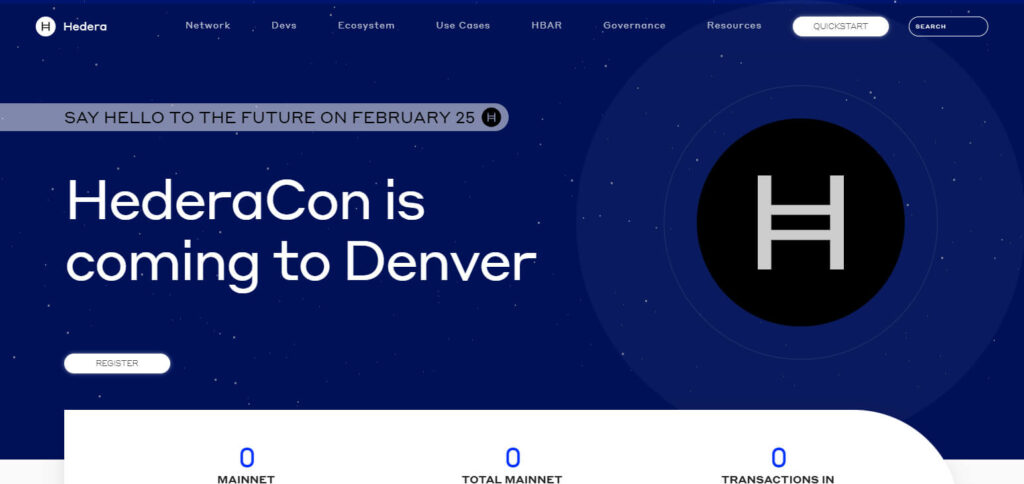
It is branded as one of the most underrated blockchain platforms primarily because of its entirely novel Hashgraph consensus mechanism which allows for the fast and secure performance of thousands of transactions at the same time while consuming comparatively little energy.
Since it is able to provide both speed and security at the same time, it is well-suited for enterprise level applications in areas such as finance or supply chain.
Hedera Features
- Hashgraph Consensus: Transactions with Hashgraph algo are secure, quick, and scalable whilst consuming less energy – vastly different from classic blockchains. Hedera is the first to utilize the unique Hashgraph technology.
- High Throughput: Hedera services can operate with minimal down time while managing numerous transactions simultaneously, which makes them ideal for business purposes due to the reduced response time and increased efficiency.
- Governance by Council: There is a stability and security in the network’s development, thanks to a preset council consisting of global enterprises that make unbiased decisions to govern Hedera’s decentralization.
6.The Graph
The Graph is seen as one of the most underestimated blockchain platforms, apparently due to its streamlining of data indexing and query processes for decentralized applications.

With its proprietary protocol, developers can easily obtain data from the blockchain to serve critical functions for DeFi, NFTs, and Web3 Applications.
Even though The Graph has proven to be very important in making blockchain data more accessible, many fail to realize how the platform enhances speedy developments within the decentralized ecosystem and its potential is often overlooked.
The Graph Features
- Simple And Cost Effective Data Indexing: The Graph allows for comprehensive and simple querying of blockchain data, which is critical for the smooth operation of decentralized applications (dApps).
- Publicly Accessible Protocol: It acts as a publicly accessible protocol because it lets developers index and query data from different blockchains, spurring creativity and collaboration in the ecosystem.
- Subgraph Composition: Subgraph has simplified the managing and querying processes , making it easier to develop dApps on a wide range of networks and improve applications of The Graph.
7.Cosmos
Cosmos is a relatively unnoticed blockchain platform because of its innovative development of blockchain interoperability.
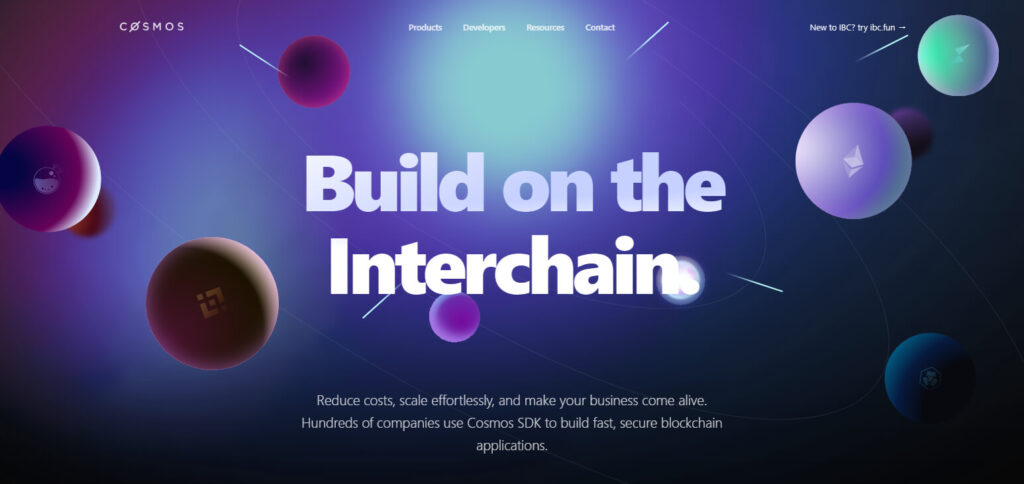
Fostering communication amongst various blockchains, Cosmos cultivates a connectable and scalable ecosystem. It’s unique Tendermint consensus and Modular architecture allows the platform to be highly customizable and enables swift transactions.
However, even with these strengths, its capability to transform collaboration and scaling amongst blockchains is underestimated, as many people ignore its critical position in constructing a more connected decentralized world.
Cosmos Features
- Blockchain Interoperability: Cosmos solves fragmentation and scalability issues by enabling communication between different blockchains through seamless data and value sharing.
- Tendermint Consensus: Transactions in the Cosmos ecosystem are fast, secure, and energy-efficient due to the use of the Tendermint algorithm which is decentralized and utilizes greatly distributed power.
- Modular Architecture: By giving developers the ability to create custom blockchains with its modular design, Cosmos achieves flexibility and scalability for diverse applications.
8.Avalanche
Avalanche is often seen as an undervalued platform in blockchain due to its unique consensus protocol which enables near-instant finality along with high scalability.

What distinguishes it from other platforms is its capability of supporting customized decentralized applications and enterprise solutions with low latency, while being energy efficient.
However, these innovation efforts are often underappreciated and Avalanche remains widely ignored for how it could transform the tech ecosystem’s landscape in finance, asset management, and other leading industries.
Avalanche Features
- High Throughput: With the capability to process thousands of transactions every second (TPS), Avalanche guarantees swift and scalable performance that is appropriate for both decentralized finance (DeFi) and enterprise applications.
- Low Latency: The protocol’s distinctive consensus mechanism takes two steps, facilitating the near-instant finality of transactions and significantly cutting lag time associated with lower-confirmation rate blockchains.
- Customizable Blockchains: Blockchains can be built and set with predefined rules to govern them, which could be useful in countless other applications and industries, thanks to Avalanches flexibility.
9.Filecoin
Hailed as one of the most innovative blockchain platforms, Filecoin is still one of the most underrated.
The platform primarily seeks to solve the problem of decentralized data with a novel approach.
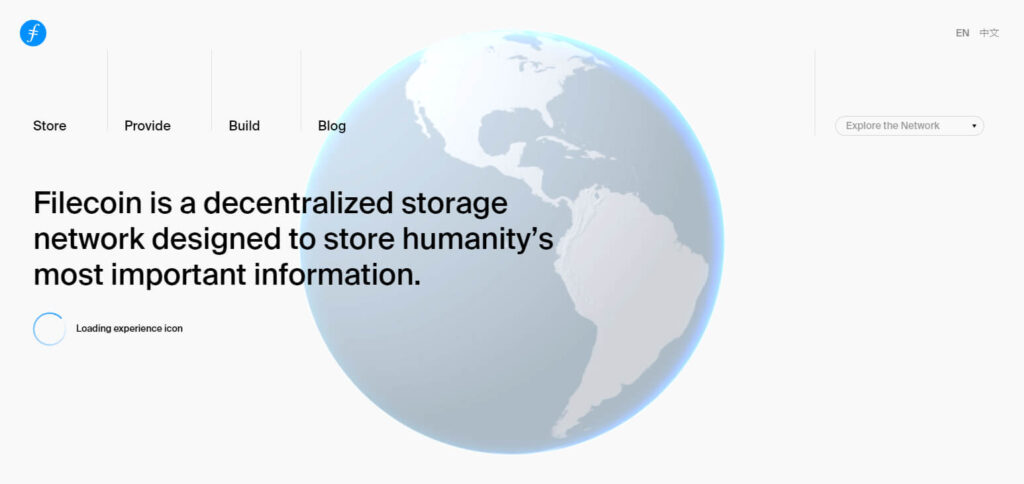
By allowing users to rent out unused storage space, the system provides a cheaper and more secure method of cloud storage.
Its unique model in which users are paid for providing their storage has the potential to completely revolutionize the data storage industry.
Given its pioneering effects towards decentralisation and data security, that has garnered attention for other blockchain projects, Filecoin is often ignored.
Filecoin Features
- Distributed Storage: Filecoin has decentralized cloud storage, in which users rent out unused storage space, which can then be purchased at a lower rate than traditional cloud services.
- Data Reliability and Safety Protecting: Ascend guarantees data reliability and security with stored data integrity proofs, making certain that the stored information is not only secure but also tamper-proof.
- Motivated Retention Framework: The ecosystem with Filecoin’s native token is incentivized due to sustainable Filecoin storage participants rewarding increased retention data storage efforts. That will lead to higher efficiency of data storage worldwide.
10.Elrond
Elrond is considered highly overlooked and underappreciated among blockchain platforms due to its Adaptive State Sharding technology which enhances its throughput and reduces latency.

Elrond is unique in that it achieves effective scaling while maintaining security and decentralization.
Nevertheless, the company tends to focus more on underappreciated great use cases such which further goes on to explain why this particular platform is often sorely under appreciated for its unique potential to drive mass adoption.
Elrond Features
- Adaptive State Sharding: Elrond boasts an advanced level of scalability thanks to its unique sharding technology that splits the entire network into smaller segments, which ensures speedy transaction processing and higher throughput.
- Secure Proof of Stake (SPoS): Its consensus mechanism integrates security along with energy-saving features, thus providing an environmentally friendly option compared to conventional proof-of-work blockchains.
- Interoperability: Elrond allows multi-chain network communication, thus expanding the boundaries of its ecosystem and allows further interactions between various blockchain networks.
Conclusion
In short, the least talked about blockchain platforms such as chainlink, Algorand, Polygon, VeChain, Hedera,
The Graph, Cosmos, Avalanche, Filecoin, and Elrond each have their own innovative solutions that are capable of making major strides in decentralized applications, enterprise adoption, and blockchain scalability.
Many of these platforms, however revolutionary, still seem to be neglected by the larger markets.
These platforms however, as they continue to evolve, have the ability to change the perception of blockchain technology for the rest of the world and have an everlasting effect on almost all the industries.









